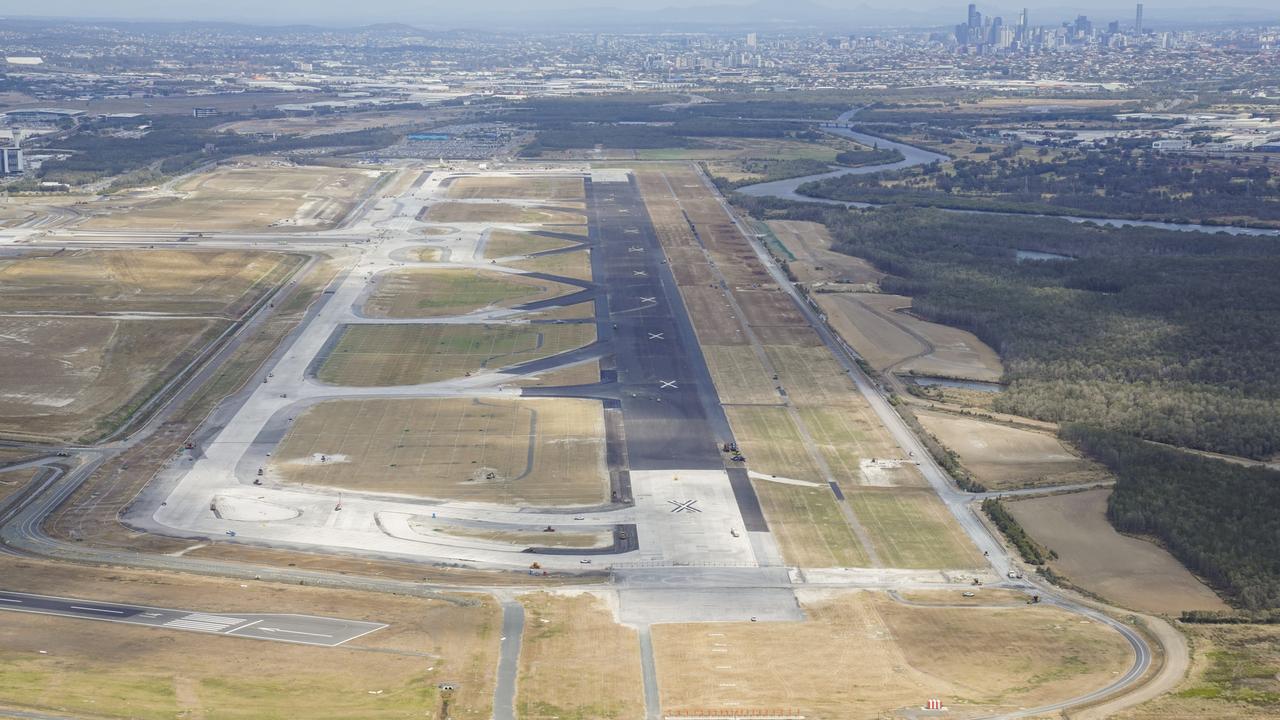Growing populations in Sydney and Melbourne look north for room
OUR state will be broken in two at some stage during the 21st century, a leading demographer says, and it all comes down to population pressures in Sydney and Melbourne.
Future QLD
Don't miss out on the headlines from Future QLD. Followed categories will be added to My News.
IF you think southeast Queensland will soon be feeling the squeeze, spare a thought for the residents of Sydney and Melbourne.
“The population of both those cities is expected to grow faster than SEQ — 125,000 a year for Melbourne and 110,000 in Sydney (compared to 80,000 here),” Simon Kuestenmacher, director of research at The Demographics Group, said.
By 2043, Sydney’s population is expected to hit 7 million while Melbourne will reach 7.2 million.
“Melbourne will probably overtake Sydney as Australia’s largest city sometime in the 2030s,” he said.
Each of the southern capitals are predicted to have populations close to Queensland’s total.
Melbourne’s faster forecast growth is based on greater availability of space for housing and relative affordability — although that will sound funny to Melburnians, Mr Kuestenmacher said.
The quality of life would depend on those cities’ success in catching up, and keeping pace with, major infrastructure needs.
CBD OF NEW SUPER-REGION TWICE AS BIG AS BRISBANE
$5bn DEVELOPMENT: BUILD IT AND THEY WILL COME
WAVE OF RETIREES HEADING TO SOUTHEAST
“Research shows the time we spend commuting is among the most miserable of our lives.”
Both Sydney and Melbourne were at risk of becoming increasingly divided with wealthy people living close to the centre and a sprawl of lower socio-economic suburbs.
The one guarantee was that the large numbers of interstate migrants quitting Sydney for a better life and cheaper homes in southeast Queensland would continue or accelerate into the future.
Meanwhile, the southeast corner will hold three-quarters of Queensland’s total 7.5 million population 25 years from now — an incredible change from 50 years ago when it was only half.
That concentration would create increased tensions over splitting Queensland into two states. demographer Bernard Salt said.
“It is inevitable at some point in the 21st century.”


